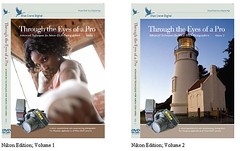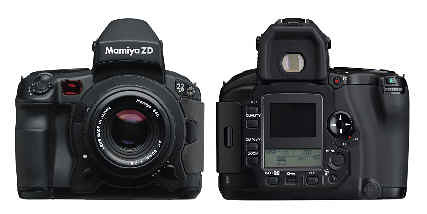Some of you may know this, some of you may not. But here's a rule of thumb that might be of help to you, especially if you are just starting out with a new slr or a higher end point and shoot.
If you have started to experiment with using the creative zones (P,S or AV, TV,M) of your camera and not just the preset modes (point and shoot, sports, macro, landscape, etc) then you may have discovered that your photos often come out blurry. You might be blaming this on your camera, your lens, or just your inability to hold the camera stable when hand shooting.
What should you try doing to cure this problem. Well, you could use a tripod, but tripods are bulky and rarely convenient. Is there another solution? Yep, it's call the Reciprical Rule. What does that mean? It means you need a faster shutter speed than what you are currently using. The rule of thumb is to set your shutter speed at or faster than the reciprical of the focal length of the lens being used. In other words, if you are using a 50mm lens (that's the focal length), you will want to set your shutter speed at 1/50th of a second or faster. That would probably be 1/60th. This rule works well up until 300mm. A focal length longer than 300mm is difficult to hand hold anyway.
Another solution that also works well for low light shooting, but can be a bit more expensive than most beginning photographers are willing to pay, is to use VR (vibration reduced) or IS (image stabilized) lenses.
So what do you do if you want to shoot at longer focal lengths than 300mm? Well, if you are not using an imaged stabilized lens, you use a tripod. And, if you have the ability, you use the timer or remote setting of your camera in order to minimize camera shake--in other words give your camera time to settle. And for even clearer photos, assuming you have the ability, you use the mirror lockup function. Will you have to do the same thing with a long focal length VR or IS lens? The answer is, yes you might have to. You can perform a test though to see how stable you are holding the lens.
Take a newspaper page and mount it on a sheet of cardboard. Place this target about 60 feet away from your camera and the lens in question while mounted on a tripod. Focus on the newspaper. Your lens should be a 300mm or longer focal length. Set the mirror lockup on the camera, and use either the timer or the remote setting to take the photo. Next shoot the photo with the same lens and mirror lockup (or without mirror lockup--mirror lockup is really better when used with a tripod), but now shoot by hand rather than with a tripod and remote.
Which photo do you think will be clearer? Unless you have extremely stable hands, my guess is the tripod photo, when blown up will be clearly readable and the handheld shot will be blurry.
Just a little hint that might be helpful to some of you. Remember, not everyone can hold a 300mm lens stable. Some people might have difficulty with a 100 or 200mm. While others, a very few, might be able to hold a 400mm stable without any difficulty.
Which lenses do I use? I prefer Canon image stabilized lenses, but I also have standard Canon zooms and macro lenses as well. Yes, I am a Canon user, but I have nothing against Nikon.
Oh, and for those of you have have a Canon XT series, 10D, 20D or 30D and absolutely love the clarity of the photos you are able to capture with the EF-S 17-85 IS USM, the reason might be, as I was told a few days ago, that this lens is L series quality. Or at least very near. However, because it was designed for the smaller sensor area of the these cameras, it cannot be classified as such. L-series lenses are, afterall compatible with all Canon AF cameras (film or digital). EF-S series are only compatible with a few cameras.



